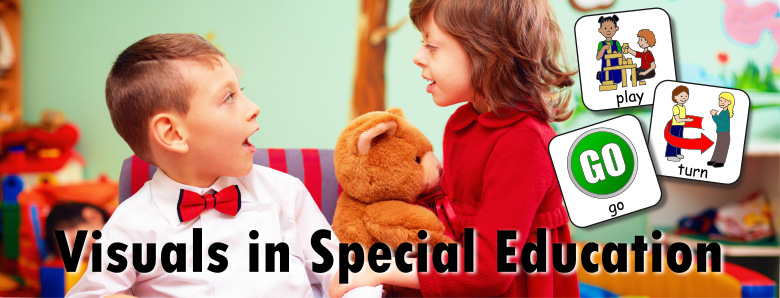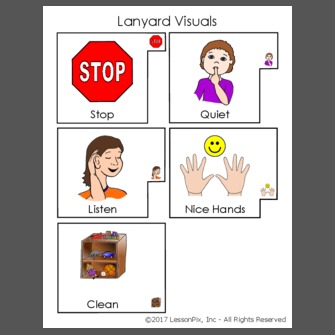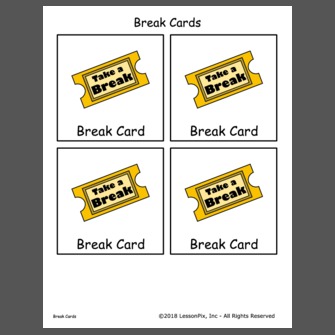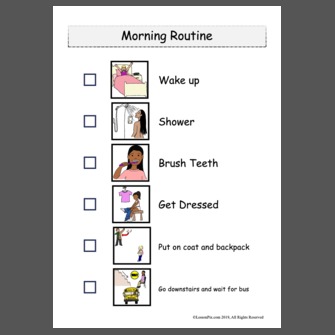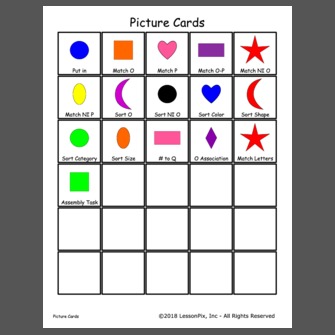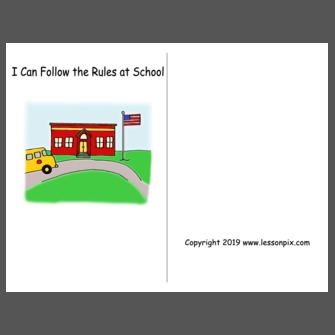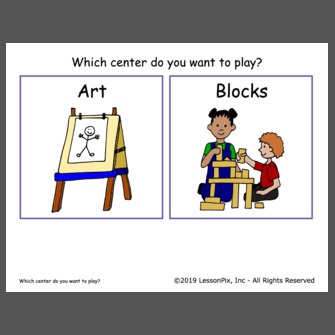Visuals in Special Education
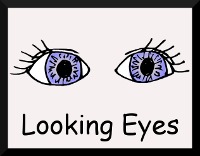
In teaching a special education class, the teacher needs to look at the specific needs of his/her students and consider how to create the right learning environment. It is recommended to use a multi-modal approach that includes auditory, visual, kinesthetic, and tactile strategies. Many special education classrooms have smaller class sizes, require less stimulation, and use clearly defined spaces. Students may need a break system and a break area. Study carrels can be used to reduce distractions, individual schedules may be posted, and tasks should be broken into simpler steps.
Visuals are a strategy to help students with special needs understand what is expected of them. Often students with special needs respond more quickly and comprehend when an expectation is delivered with both visual and auditory prompts. For example, a child may have difficulty processing and retaining a multistep direction such as write your name, glue on the pieces, and color the picture. However, the student will likely show more success when these directions are combined with visual picture cards. Then the student can process the expectation easier and if needed, refer to the visuals for what to do next.
Here are some ways I use visual picture cards in my special education classroom:
- Lanyard Visuals - Includes Stop and Looking Eyes
- Break Cards - Some students are taught how to use a limited number of break cards to break up their work into smaller more managable segments.
- Bathroom Cards - can be used to request a bathroom break without disrupting the class.
- Visual Schedule - The visual schedule can be used with the class or individuals to help organize the plan and work through each step towards the end of the activity or day.
- Task Boxes - Visuals can be used to demonstrate sequence of steps to complete an academic task with minimal adult support.
- Steps for Classroom Procedures / Tasks - I display pictures related to specific routines in the classroom such as "How to Wash Hands" - Turn water on, Rinse, Soap, Scrub, Rinse, Turn Water Off, Paper Towel, Garbage Can. Other Tasks may be "How to Sign In", "Using the Restroom", and Dismissal Procedures.
- Rules - Visuals may be used in combination with rules to show examples and non-examples.
- Choices - Visuals may be used to offer choices such as which learn center to go to, which book to read, or which song to sing.
I use a black 3 ring binder with a strip of fuzzy velcro across the front (I turn it sideways to use the longest length of the binder.) Then inside the 3 ring binder, I keep pencil pouches with themed pictures that can be easily retrieved and placed on front of the binder. For example, when it is time for an art project, I first model step by step what the child is expected to do with the materials and picture card visuals. (First cut out the fish, Next write your name on the back, and Third decorate your fish with glue.) The binder with the step by step directions stays at the art table so the students can remember what to do. This same binder is great to show steps in our circle time (Pledge, Attendance, Calendar, Check Weather, and Write Daily News). As we perform each task, the picture is removed.
Visuals are an evidence based practice, effective to communicate expectations and reinforce learning visually.


